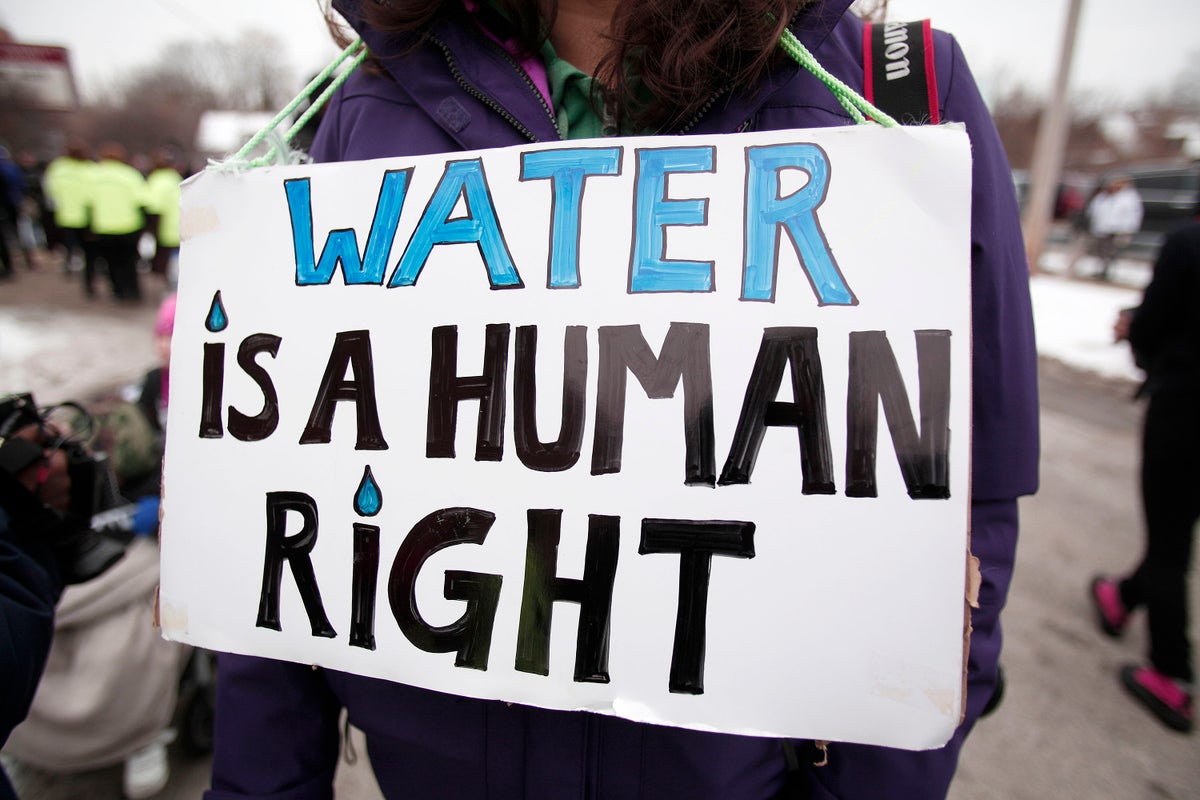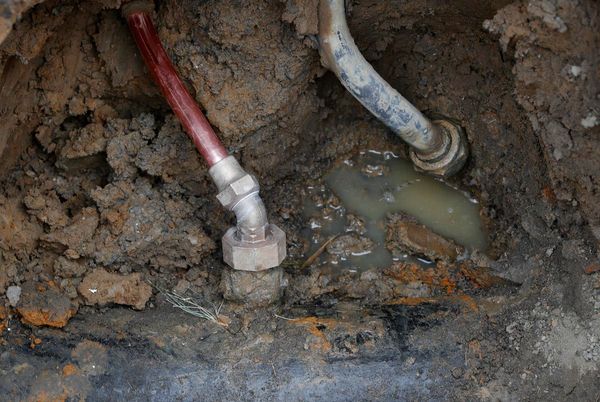
Your support helps us to tell the story
The Environmental Protection Agency has proposed an the inventory and removal of lead pipes in the US a decade after the deadly Flint water disaster.
The EPA announced the new rule on Tuesday, over ten years after lead and bacteria contaminated the water of Flint, Michigan, home to nearly 80,000 people. The agency estimates the removal of all lead pipes throughout the US will cost between $20 billion and $30 billion, The New York Times reports.
The removal of these 9 million pipes must be completed within the next ten years, the new rule states.
While challenges to the rule are possible, a senior official with President Joe Biden’s administration told CBS News that the policy stands on solid legal footing.
The EPA announced $2.6 billion in federal funding for the project, while another $15 billion is also available from a 2021 infrastructure law, the Times reports. The rest of the cost will likely fall to utility companies.
However, the rule does not require utility companies to pay for the removal cost when the pipes are on private property or within a home, according to the Times.
That limitation could mean many people who have “already been disadvantaged, who live in communities that have lead pipes, lead paint, dirty air, and have suffered extra burdens” will be left behind, Erik Olson, senior strategic director for health at the Natural Resources Defense Council, told the Times.
The new rule also introduces stricter guidelines for lead testing.
This new rule comes ten years after the deadly Flint water crisis.
In April 2014, city officials began drawing water from the nearby Flint River for residents. However, the water had not been treated properly, leading to lead and bacteria contamination. At least 12 people died as a result of the contamination, with 90 more reporting symptoms.
The crisis had wide-ranging impacts on the community. In the first five years following the outbreak, some 20 percent of residents reported meeting the criteria for clinical depression, while another 25 percent may have developed post-traumatic stress disorder, investigative outlet ProPublica reports.
Lead exposure in adults can cause high blood pressure, reproductive health issues and damage to the brain and kidneys. In children, it can cause brain and nervous system damage, as well as problems with hearing, speech, learning and behavior, according to the Centers for Disease Control.
“No level of lead exposure is safe,” the White House said in a statement announcing the new rule. “Yet, due to decades of inequitable infrastructure development and underinvestment, lead poisoning disproportionately affects low-income communities and communities of color.”
The Department of Housing and Urban Development also announced on Tuesday a $416 million grant program to prioritize “lead hazard reduction,” the statement said.









